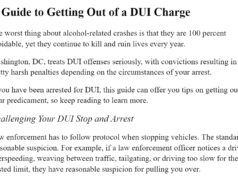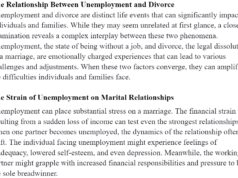SPONSORED CONTENT
Nobody wakes up one morning and picks a facility out of the blue; it is always a calculated decision because everyone wants their loved ones to have the best care possible.
Unfortunately, there is no way of guaranteeing that the staff at your facility of choice will live up to expectations and offer quality service to its residents.
Bedsores as a Sign of Nursing Home Negligence
The first indicator that a facility or its employees are negligent to their residents is bedsores. Bedsores, also known as decubitus or pressure ulcers, are injuries to the skin usually caused by blood flow restriction.
This type of injury is common in the elderly or people that have suffered injuries or illnesses that render them unable to turn on their own. If you have a loved one in a nursing home and they have turning limitations, you may want to be on the lookout for bed sores before they become a big problem.
In their initial stages, bedsores present as red or purple marks on the skin around bony areas such as the elbow, ankles, buttocks, heel and hip. If left untreated, bedsores become open wounds affecting the tissue underneath the skin and sometimes going as deep as the bone. These wounds create opportunities for an infection that can make treatment of bedsores very complicated or even lead to death.
Duty of Care
Once you get a patient to a nursing home, the staff will carry out a patient assessment and then charge them based on the type of care they need. Once the patient is admitted, the facility and its staff owe them a duty of care.
If the facility or its staff breach this duty of care, and the breach results in injuries to a resident, the facility will be liable for resulting damages.
“Preventing bedsores is pretty simple as you only need to turn the patient every two hours,” says nursing care negligence lawyer Cheryl Forest Perkins of Whetstone Perkins & Fulda. Changing them regularly can also help, especially if they have a case of incontinence. Other reasons where a patient would suffer bedsores are if they had previous bedsores or are malnourished, which again points to negligence. In other words, a facility has to be very negligent if they can’t afford such simple care to residents.
What to Do
If you notice bed sores before they get worse, the first cause of action would be to notify the staff so that they can take immediate action. But you may need to document the signs by taking pictures for evidence should you decide to sue.
If you cannot trust the facility to take care of the problem, you can choose to move your patient to a different facility. For advanced issues, such that the patient requires specialized medical attention, you should consider holding the negligent facility accountable for its negligent actions or inactions by filing a nursing home neglect claim.
Recoverable Damages
Recoverable damages in a nursing home neglect case can include pain and suffering, disfigurement, and the cost of medication. If death results from neglect, you may consider filing a wrongful death claim or lawsuit.
When pursuing compensation for wrongful death caused by bedsores, you may need to have a postmortem to determine the real cause of death. Often the pathologist will be looking for signs of sepsis and infection to establish if death was a direct result of the bedsores.














